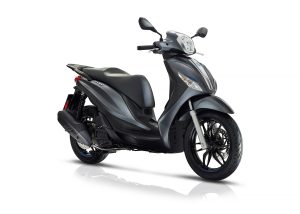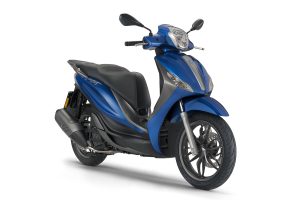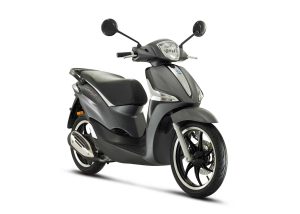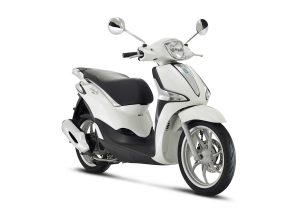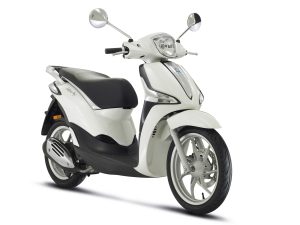Piaggio
Founded by Rinaldo Piaggio in 1884, Piaggio initially manufactured locomotives and train cars. During the First World War the company focused on aircraft manufacturing.
During World War II, the company manufactured fighter jets, but Piaggio emerged from the war with its Pontedera plant completely demolished by the bombings. The affected Italian economy and the painful state of the roads did not help the revival of the automobile market. Enrico Piaggio, the son of the founder of Piaggio, decided to leave the aeronautical sector in order to meet the urgent Italian need for a modern and at the same time economic means of transport. The idea was to design a cheap vehicle for the masses.
Vespa
The aeronautical engineer Corradino D’Ascanio, responsible for the design and construction of the first modern Agusta helicopter, was chosen by Enrico Piaggio to design a simple, robust and economical vehicle. The vehicle had to be easy to drive for both men and women, it had to be able to carry a passenger (in addition to the driver), and not allow dirt on the driver’s clothing. Consequently, in 1946 Piaggio launched the Vespa scooter (Vespa = Italian term for “wasp”), and in 10 years more than one million units were manufactured.
Showing all 12 resultsSorted by latest
-

2018 MP3 NEW 300 SPORT
Read more -

2018 MP3 YOURBAN LT 300IE
Read more -

2018 BEVERLY 300 POLICE
Read more -

2018 BEVERLY 300IE
Read more -

2018 MEDLEY 125 SPECIAL EDITION
Read more -

2018 MEDLEY 125 S
Read more -

2018 MEDLEY 125
Read more -

2018 NEW LIBERTY S 125 I-GET
Read more -

2018 NEW LIBERTY S 50 I-GET
Read more -

2018 NEW LIBERTY 125 I-GET
Read more -

2018 NEW LIBERTY 50 I-GET
Read more -

2018 BEVERLY SPORT TOURING 350IE ABS
Read more




